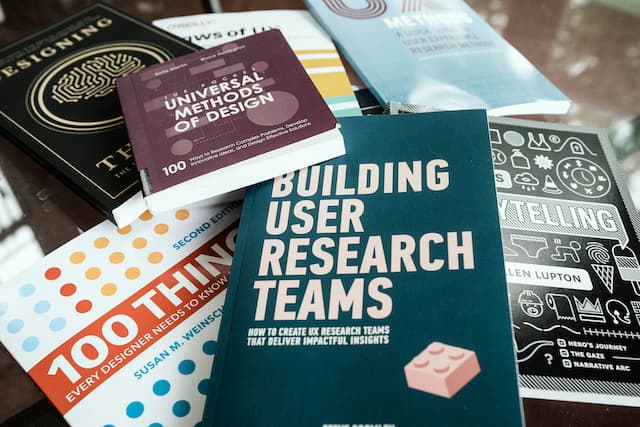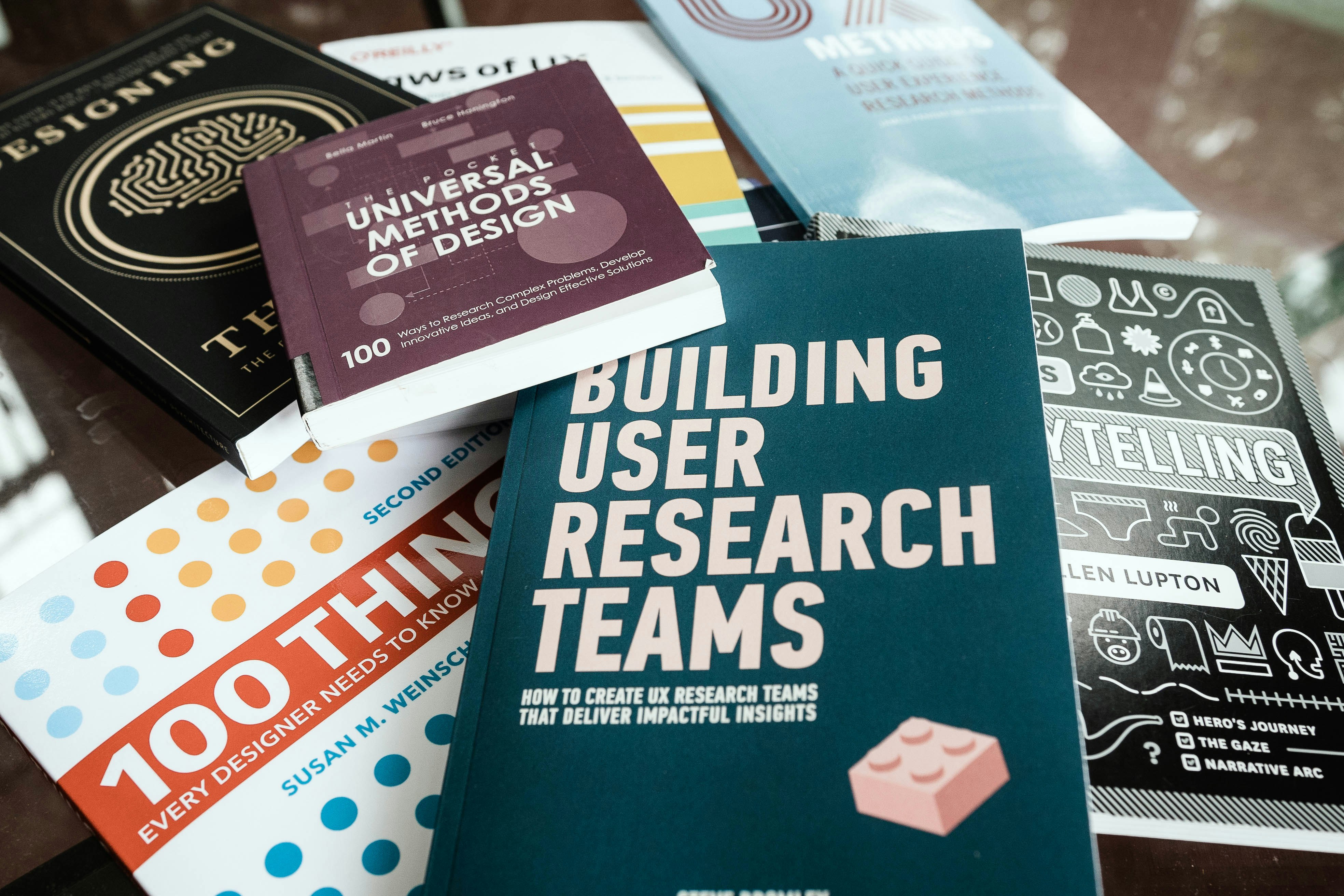User Interface (UI) and User Experience (UX) are essential concepts in the app and website design field.
User Interface (UI) design focuses on creating visually pleasing and easy-to-navigate layouts, buttons, icons, and other visual elements for apps and websites. UI designers strive to create an intuitive user experience that is both aesthetically pleasing and easy to understand.
UX, in contrast, is the overall experience of a user when they interact with an app or website. This includes factors such as usability, efficiency, and satisfaction. UX designers strive to create an intuitive and smooth experience for users by assessing user requirements and behaviors, and testing different design options.
Both User Interface (UI) and User Experience (UX) are essential for creating a successful app or website. An attractive design (UI) can help engage users and make the app or website more attractive, while a well-designed UX can make the app or website easy to use and enhance user satisfaction. When combined, they create a positive overall experience for the user.
UI/Ux are not the same thing!

User Interface (UI) and User Experience (UX) are closely related, yet distinct concepts.
User Interface (UI) design is the visual representation of an app or website, including the layout, colors, typography, and other visual elements. Its purpose is to create an aesthetically pleasing experience for the user. UI designers create wireframes, mockups, and prototypes to visualize the design, and collaborate with developers to ensure the final product matches the design intent.
UX, conversely, is the overall experience of a user when they interact with an app or website. It involves researching, designing, and testing the user experience to make the app or website user-friendly, efficient, and enjoyable. UX designers concentrate on understanding the user's needs, behaviors, and objectives, and then designing the interface to meet those needs. They also perform usability testing to guarantee that the interface is easy to comprehend and navigate.
UI is the "what you see" and UX is the "how it works". UI focuses on the visual design, while UX is concerned with the overall user experience. Both are essential for creating a successful app or website, but they require distinct skillsets and have different objectives.
A project without dedicated UI/UX?
A project without proper UI/UX design can lead to a number of issues.
- Poor UI design can lead to a lack of user engagement and dissatisfaction. It can make an app or website difficult to navigate, inconsistent, and visually unappealing.
- Without UX design, an app or website can be difficult to use, confusing, and inefficient, resulting in a poor user experience and difficulty in achieving the desired goals.
- Poor UI/UX design can lead to usability issues such as poor accessibility, unintuitive navigation, and inadequate information architecture. These can result in a negative user experience, making it hard for users to accomplish their objectives.
- Without UI/UX design, a project may struggle with scalability and adapting to future changes. A design that isn't user-centered and doesn't consider user needs can limit the potential of the app or website, making it difficult to accommodate changing user needs and technology trends.
Good UI/UX design is essential for creating an app or website that meets the needs of users and achieves its goals, as it ensures a positive and successful experience for users.
Let’s understand the same with an example
Zappos.com's 2012 website redesign, which was intended to be more modern and visually appealing, ultimately led to a loss of revenue due to a lack of proper UI/UX design. This case study highlights the importance of having good UI/UX design for online retailers.
The redesign caused a significant decline in sales and website traffic. The new design was hard to navigate and customers had trouble finding the products they wanted. This led to frustration and many customers left the website without making a purchase.

Zappos quickly realized the problem and decided to revert to the old design within a week of the issue arising. Unfortunately, the damage had already been done and the company experienced a significant loss in revenue.
Companies should prioritize the needs and wants of their users and test their design decisions to ensure good UI/UX, as a focus on aesthetics alone can lead to a decline in sales and a loss of revenue.
UI/UX at FYIPEN
At Fyipen, we give a lot of time and consideration while designing a site’s UI/UX. Usually we break it down into several smaller process.
- Research: Research is conducted to understand the needs, behaviors, and goals of the target users. This may include surveys, interviews, and usability testing of existing products. The insights gained from this research will guide the design process.
- Planning: Based on the research findings, the team will create a plan for the product design. This may include creating user personas, outlining user journeys, and creating a sitemap to define the overall product structure.
- Design: The design team will collaborate with the development team to create wireframes, mockups, and prototypes of the product. These will be designed to be visually appealing and user-friendly, ensuring the needs of the users are met.
- Development: The development team will take the design and build the final product. They will ensure the design is implemented correctly and that the product is functional and efficient.
- Testing: The product will be tested with users to ensure it is easy to use, efficient, and satisfying. This may include usability testing, user acceptance testing, and A/B testing.
- Launch: Once all testing is complete and feedback has been incorporated, the product will be launched.
- Maintenance: Even after launch, the team will continue to monitor the product's performance and gather feedback from users. They will then make improvements, as needed, to ensure the product meets users' needs.
Good UI/UX is essential for creating an effective design process, which involves iteration, feedback loops, testing, and refining to ensure the best possible outcome.
Good UI/UX is essential for any product, as it should always prioritize the user's needs and be continuously improved based on user feedback.
Conclusion
In conclusion, developing UI and UX at a software firm is a multi-stage process. It involves conducting research to understand target users' needs, behaviors, and goals; creating a plan for product design; designing wireframes, mockups, and prototypes; developing the final product; testing with users; launching; and continuously monitoring and improving the product based on user feedback. The process may vary depending on the project's needs and the company's internal processes, but the key is always to prioritize user needs and continuously iterate and improve the product based on user feedback. A well-designed UI and UX can significantly contribute to product success, user satisfaction, and revenue.



